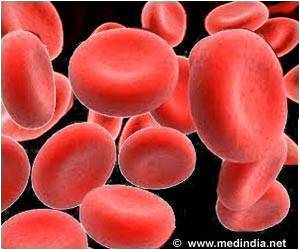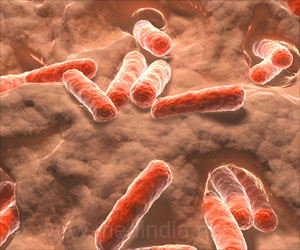Red blood cells must be small and flexible enough to squeeze through the tiniest capillaries of the body, where they deliver oxygen to surrounding cells.

‘Spleen is the main organ that defines the shape of the circulating red blood cells, which could help scientists to learn more about the spleen's role in fighting diseases that affect the shape of red blood cells, including malaria, and to identify novel drug targets for such diseases.’





"We have presented results showing that the spleen is the main organ that defines the shape of the circulating red blood cells," says Ming Dao, a principal research scientist in MIT's Department of Materials Science and Engineering. The findings could help scientists to learn more about the spleen's role in fighting diseases that affect the shape of red blood cells, including malaria, and to identify novel drug targets for such diseases. Dao and Subra Suresh, president of Carnegie Mellon University and former dean of engineering at MIT, are the senior authors of the new study, which appears in the Proceedings of the National Academy of Sciences the week of June 27.
Modeling blood filtration
The spleen's primary function is to remove old red blood cells from circulation when they can no longer perform their job. To explore how much of a role the spleen plays in determining the size and shape of red blood cells, the researchers developed a computer simulation to model how these cells squeeze through tiny slits formed by the spaces between the endothelial cells lining the spleen's blood vessels. As blood flows through the spleen, about 10 percent of the red blood cells are diverted through these slits, which have maximum dimensions of 1.2 micrometers in height (about 1/80 the thickness of a human hair), 4 micrometers in width, and 1.9 micrometers in depth. This slit is more likely to stop old or spherical red blood cells, while a long circular tube such as a capillary may allow them to go through.
"The computational and analytical models from this work, along with a variety of experimental observations, point to a more detailed picture of how the physiology of human spleen likely influences several key geometrical characteristics of red blood cells," says Suresh. "They also offer better understanding of how the circulatory bottleneck for the red blood cells in the spleen could affect a variety of acute and chronic disease states arising from hereditary disorders, human cancers, and infectious diseases, with implications for therapeutic interventions and drug efficacy assays."
Advertisement
Using this model, the researchers discovered a range of possible sizes and deformabilities that allow red blood cells to pass through the slits and continue on their way. These ranges closely match the ranges seen in healthy human red blood cells, which have surface areas ranging from 80 to 180 square micrometers and volumes ranging from 60 to 160 cubic micrometers.
Advertisement
Implications for malaria
The results may validate a new approach to developing malaria drugs, Dao says. Drugs that affect the shape of malaria-infected blood cells could treat the disease by making it harder for the cells to get through the slits in the spleen. One such drug, known as spiroindoline KAE609, is now in clinical trials.
The findings also offer an explanation for why some patients treated with an artemisinin-based antimalarial drug often experience severe anemia. This type of drug makes red blood cells stiffer, making it easier for the spleen to filter them out. However, the drug affects both infected and healthy blood cells, leading to a more significant reduction in the overall number of circulating cells.
Source-Eurekalert














